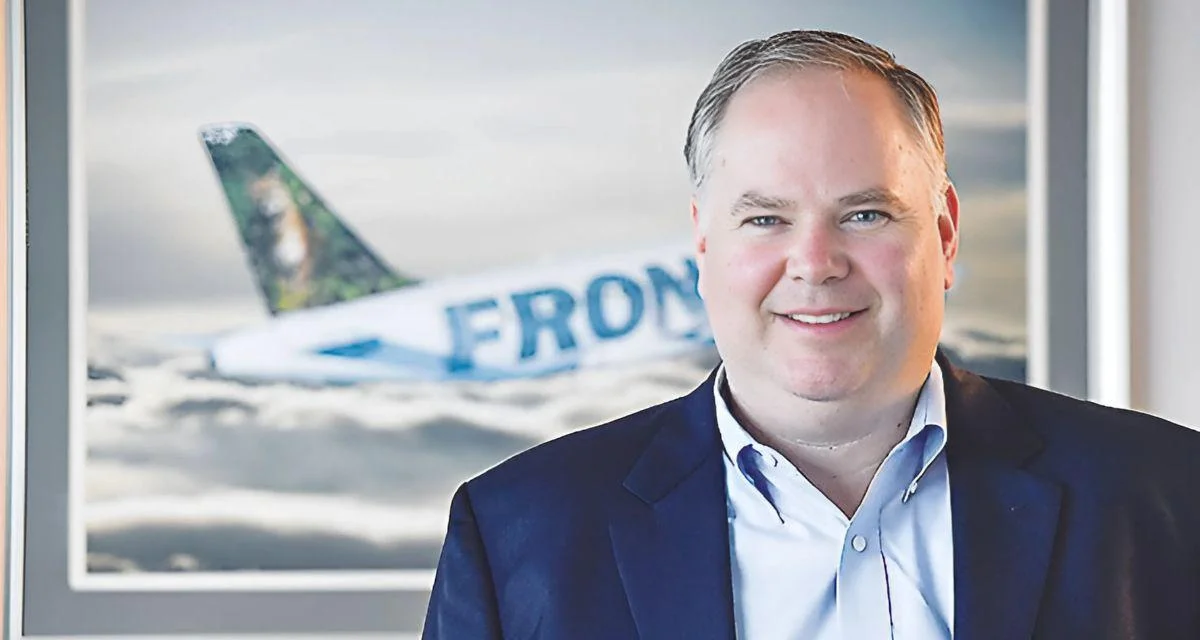Boeing is preparing to introduce the third-generation 777X series, including the 777-9 and freighter versions intended to replace earlier models. The new series has received over 500 orders but does not match the sales success of its predecessor.
The interior design of the original Boeing Signature Interior set new standards with curved panels, indirect mood lighting, and pivoting overhead bins—features that improved cabin spaciousness and storage compared to previous designs. The fuselage’s circular shape provides nearly vertical sidewalls and a ceiling height of almost eight feet (2.4 meters), making it feel more open than other widebodies with ovoid cross-sections.
Among current commercial aircraft still in production, the Boeing 777 offers one of the widest cabins available. This allows airlines to install wider seats or aisles in premium classes compared to narrower competitors like the Boeing 787 or Airbus A330. For example, United Airlines fits Polaris business class seats at a width of up to 22 inches on its 777-300ERs—wider than those on some newer aircraft types.
Most airlines configure economy class on these jets with ten-abreast seating layouts that result in tighter seat widths; however, some carriers—including Singapore Airlines, Japan Airlines, Air India, and EVA Air—maintain nine-abreast configurations offering wider seats and aisles for greater passenger comfort.
Major international airlines across North America (Air Canada, American Airlines, LATAM, United), Europe (Air France, KLM, Turkish Airlines, SWISS), and Asia (Cathay Pacific, ANA) operate their best cabins aboard this model. Notably:
United Airlines introduced Polaris business class on this jet.
Air France reserves its La Première first class exclusively for this type.
ANA’s "The Room" business class is only found on its fleet of these planes.
"The width of the airplane allows us to install products that might not fit elsewhere," said an airline spokesperson regarding cabin product choices.
Some airlines are updating their existing fleets rather than retiring them outright; Cathay Pacific is adding "Aria Suites," American Airlines is installing "Flagship Suites," while SWISS plans "SWISS Senses" upgrades—all aimed at keeping these jets competitive into future decades.
Although certain operators such as Japan Airlines have begun retiring older airframes or announced plans for future phase-outs by Middle Eastern carriers, many fleets remain relatively young—for instance United’s average age for this model is under eight years—and are expected to continue flying through at least the late 2030s.
Looking ahead, Boeing’s upcoming 777X will bring further changes with a redesigned interior exclusive to this family line. It will feature larger overhead bins with expanded storage capacity; updated mood lighting systems; new center bins tailored for premium cabins; larger dimmable windows; as well as improved cabin humidity levels similar to those found on newer Dreamliners.
 Alerts Sign-up
Alerts Sign-up




































